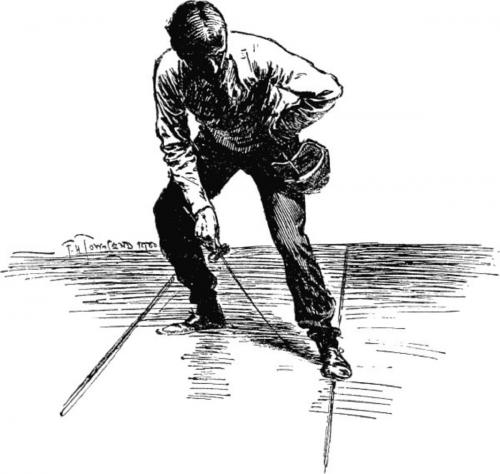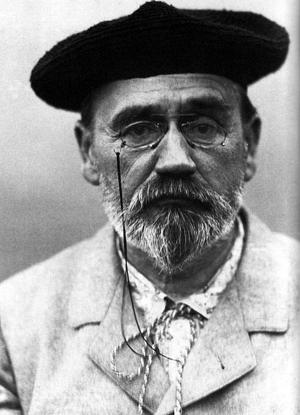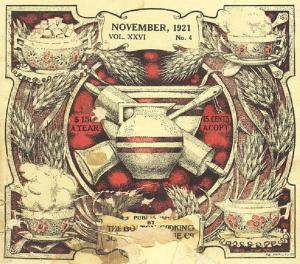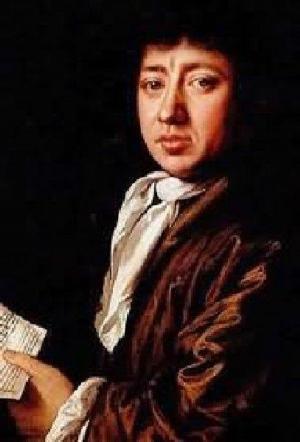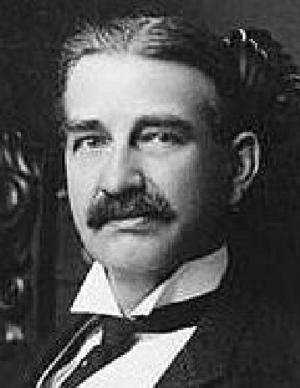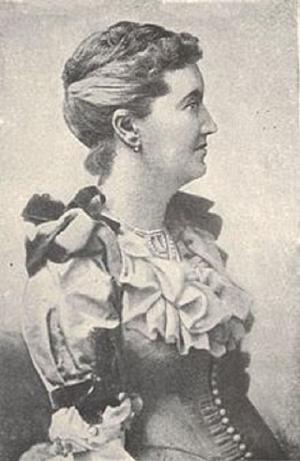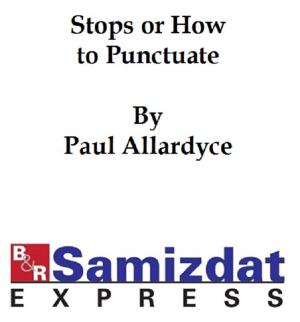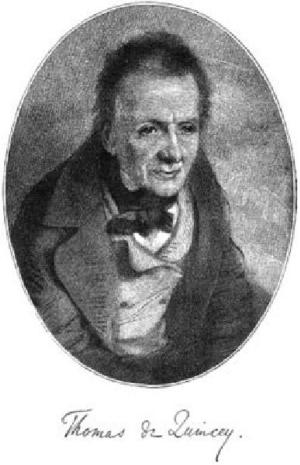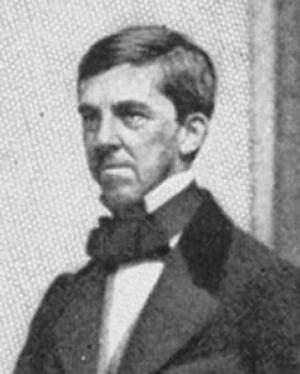| Author: | Baron de Bazancourt | ISBN: | 9781455446285 |
| Publisher: | B&R Samizdat Express | Publication: | December 15, 2009 |
| Imprint: | Language: | English |
| Author: | Baron de Bazancourt |
| ISBN: | 9781455446285 |
| Publisher: | B&R Samizdat Express |
| Publication: | December 15, 2009 |
| Imprint: | |
| Language: | English |
First published in 1900. According to the Preface: "If French is, as we have been told, the natural language of the art of fencing, it seems a particularly rash venture to translate a French book on the subject into English. This is especially the case when the original is such a work as Les Secrets de l’Épée, which so far from being a dry technical manual, that might be sufficiently rendered by a baldly literal version, is one of those fascinating, chatty books, written in a happy vein, in which the manner of writing is the matter of principal importance. But the delightful ease and artful simplicity of style that captivate the reader are the translator’s despair. I have made the attempt for my own amusement, and I am publishing my translation because the original work, which was first published in 1862 and reprinted in 1875, has been for some years inaccessible, and because I think it is a book that will interest English fencers."
First published in 1900. According to the Preface: "If French is, as we have been told, the natural language of the art of fencing, it seems a particularly rash venture to translate a French book on the subject into English. This is especially the case when the original is such a work as Les Secrets de l’Épée, which so far from being a dry technical manual, that might be sufficiently rendered by a baldly literal version, is one of those fascinating, chatty books, written in a happy vein, in which the manner of writing is the matter of principal importance. But the delightful ease and artful simplicity of style that captivate the reader are the translator’s despair. I have made the attempt for my own amusement, and I am publishing my translation because the original work, which was first published in 1862 and reprinted in 1875, has been for some years inaccessible, and because I think it is a book that will interest English fencers."
